N.J. palm pics
steve_nj
15 years ago
Related Stories

MODERN STYLERoom of the Day: Party-Ready in Palm Springs
A swanky retro-inspired living room (full bar included) is set for a soiree in the desert
Full Story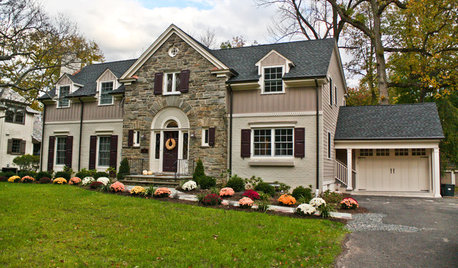
HOUZZ TOURSHouzz Tour: A Loving Remodel for High-School Sweethearts
Ellie and Michael Mroz return to their hometown of Westfield, N.J., and design their dream home
Full Story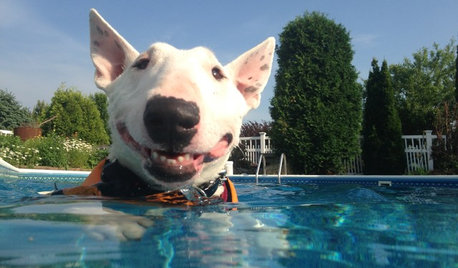
MOST POPULAR40 Dogs Who Are Having a Way Better Summer Than You
Houzzers share pics of their canine companions living it up — or getting down with relaxing — on warm days
Full Story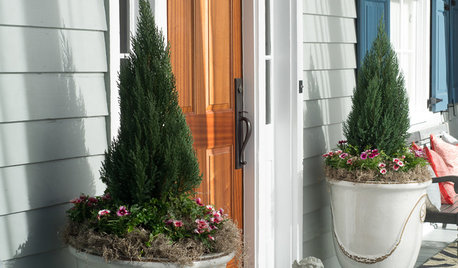
TRADITIONAL HOMESHouzz Tour: A Historic Charleston Charmer Is Reborn
A pre–Civil War home is brought back to life with a mix of traditional and modern decor
Full Story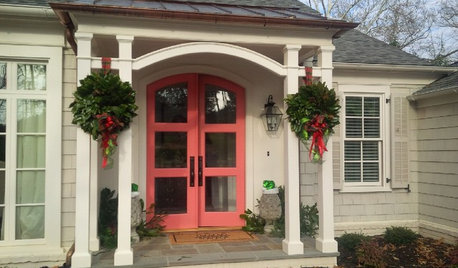
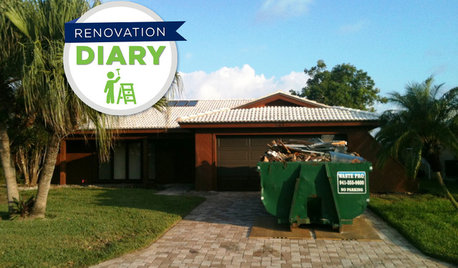
REMODELING GUIDESPlan Your Home Remodel: The Construction Phase
Renovation Diary, Part 3: The Dumpster arrives, and a little designing on the fly comes in handy
Full Story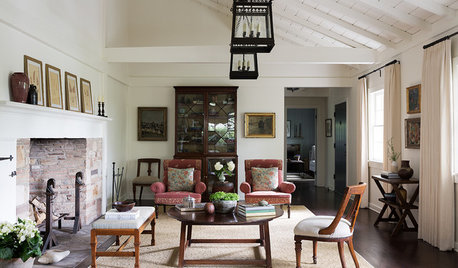
HOUZZ TOURSHouzz Tour: Redo Stays True to a California Home’s Ranch Roots
Vaulted ceilings, windows galore and a simple white palette make for casual indoor-outdoor living
Full Story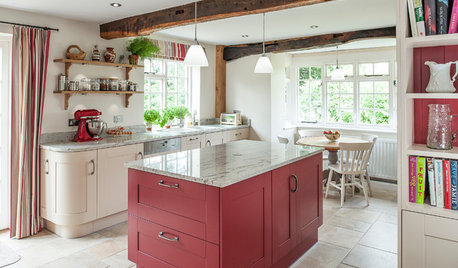
KITCHEN DESIGNKitchen of the Week: Splashes of Red for a Country Classic
Modern touches combine with traditional style in this warmly elegant kitchen in the English countryside
Full StorySponsored
More Discussions






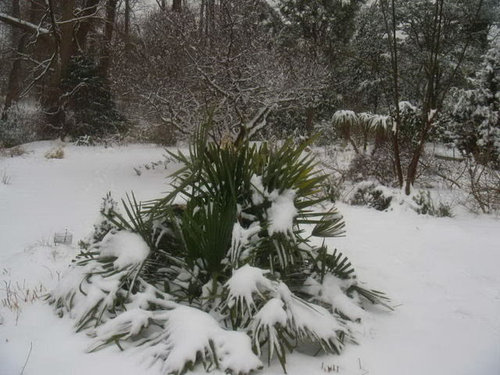
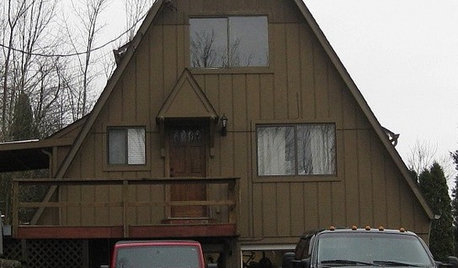

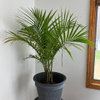
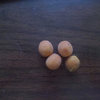
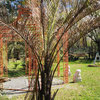
fawnridge (Ricky)
jimhardy
Related Professionals
West Milford Landscape Architects & Landscape Designers · Brentwood Landscape Architects & Landscape Designers · Clemson Landscape Architects & Landscape Designers · Paradise Landscape Architects & Landscape Designers · Deer Park Landscape Contractors · Hayden Landscape Contractors · Mercedes Landscape Contractors · Methuen Landscape Contractors · Nanuet Landscape Contractors · Tyngsboro Landscape Contractors · Annapolis Window Contractors · Detroit Window Contractors · Kearns Window Contractors · North Hollywood Window Contractors · Orange County Window ContractorsUser
steve_njOriginal Author
NoVaPlantGuy_Z7b_8a
topher2006